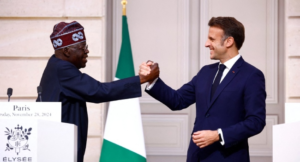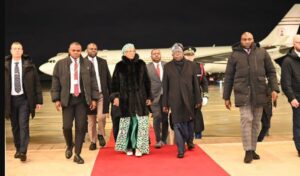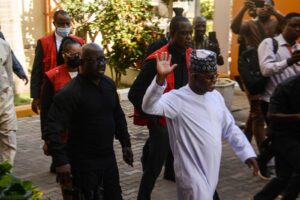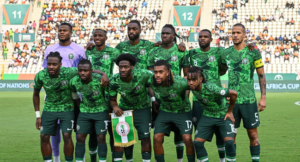Nine people were killed as fresh unrest hit Iran overnight, state television said Tuesday, while hundreds have been arrested as authorities crack down on the biggest anti-regime demonstrations in years.
An attack on a police station in the town of Qahderijan, in the central province of Isfahan, led to six protesters being killed, the state broadcaster reported.
At least three other towns near the cultural hub of Isfahan saw violence overnight, causing the deaths of a young member of the Revolutionary Guards, a policeman and a bystander.
The estimated death toll is now 21 from five days of unrest that represent the biggest challenge to the Islamic regime since mass demonstrations in 2009.
The unrest appears leaderless and focused on provincial towns and cities, with only small and sporadic protests in Tehran on Monday evening where a heavy police presence was reported.
As violence has spread, authorities have stepped up arrests, with at least 450 people detained in the capital since Saturday and 100 more around Isfahan on Monday, officials told local media.
A Revolutionary Guards spokesman said there was no need for them to intervene directly, but they requested the public to report “seditionist elements”.
“We will not permit insecurity to continue in any way in Tehran. If it continues, officials will take decisions to finish it,” said Esmail Kowsari, a deputy commander for a local branch of the Revolutionary Guards, on state television.
Ali Shamkhani, secretary of Iran’s Supreme National Security Council, described the unrest the biggest challenge to the regime since mass protests in 2009 — as a “proxy war against the Iranian people”.
“Hashtags and messages about the situation in Iran come from the United States, Britain and Saudi Arabia,” he told local media.
– ‘Seditionist elements’ –
Iran’s intelligence ministry released a statement saying “instigators” have been identified “and will be dealt with seriously soon”.
The Revolutionary Guards have yet to fully intervene against the protesters, but published photos on Monday of three wanted people and called on the public to report any “seditionist elements”.
Protests in Iran
Rouhani has tried to play down the unrest, which began over economic grievances in second city Mashhad last Thursday but quickly turned against the Islamic regime as a whole with chants of “Death to the dictator”.
“This is nothing,” Rouhani said in a statement on the presidency website.
“Our nation will deal with this minority who chant slogans against the law and people’s wishes, and insult the sanctities and values of the revolution.”
Pro-regime rallies were held across several towns and cities reflecting continued support among a large conservative section of society.
Reporting restrictions remained tight, but videos on social media continued to show widespread anti-government protests in many areas.
– ‘People have had enough’ –
Rouhani came to power in 2013 promising to mend the economy and ease social tensions, but high living costs and a 12 percent unemployment rate have left many feeling that progress is too slow.
The young are most affected, with as many as 40 percent out of work according to analysts, and rural areas particularly hard-hit.
“People have had enough, especially the young people. They have nothing to be happy about,” said Sarita Mohammadi, a 35-year-old teacher in Tehran.
“The situation is far worse in provinces. Agriculture has been destroyed. I know many who have left the north of the country to come to Tehran to work,” she added.
Rouhani acknowledged there was “no problem bigger than unemployment” in a speech on Sunday, and also vowed a more balanced media and more transparency.
US President Donald Trump, who has repeatedly criticised Tehran over four days of demonstrations, said it was “time for a change” and that Iran’s people were “hungry” for freedom.
The European Union on Monday pushed Iran to guarantee the right to protest and separately British Foreign Secretary Boris Johnson said “the UK is watching events in Iran closely”.
“We believe that there should be meaningful debate about the legitimate and important issues the protesters are raising and we look to the Iranian authorities to permit this,” Johnson said in a statement.
In 2009, authorities ruthlessly put down protests against the re-election of hardliner Mahmoud Ahmadinejad. At least 36 people were killed in 2009, according to an official toll, while the opposition says 72 died.
……………Don’t forget to like The Drum Online Facebook page and always visit www.thedrumonline.net for your news updates.
Contact us on +2348037122191 & princesegun98@yahoo.com for your advert placements….. Thank you.






